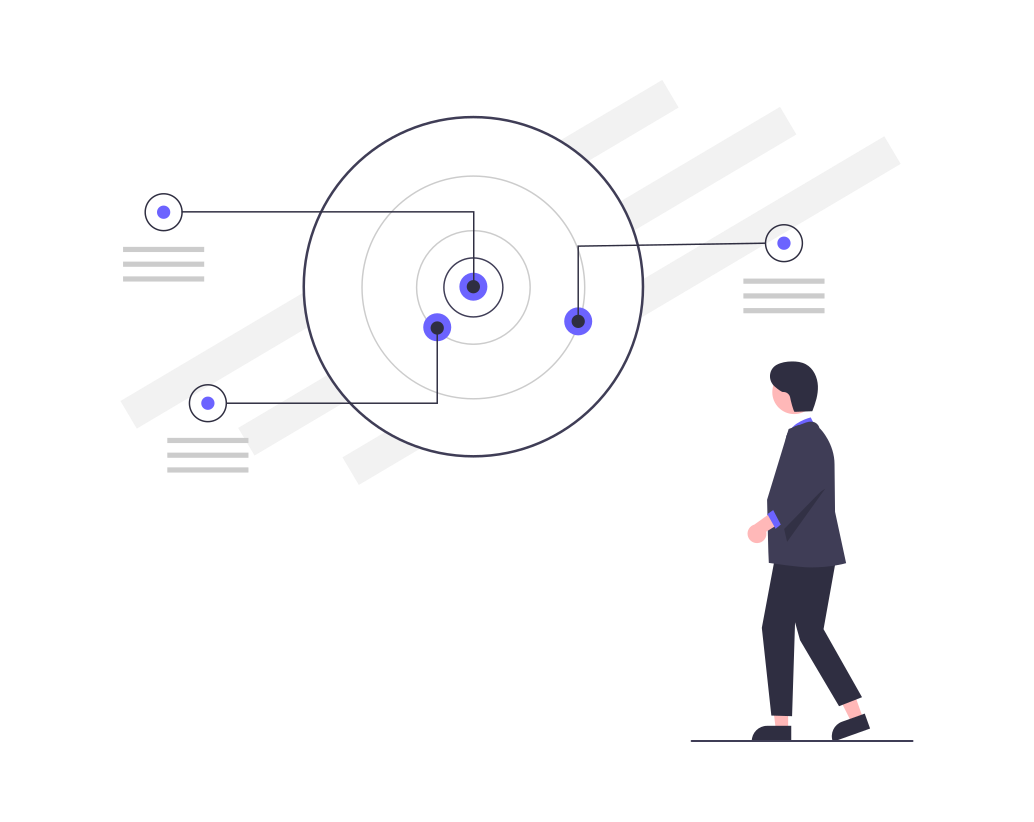In today’s competitive marketing landscape, businesses need to go beyond traditional segmentation techniques to truly understand and engage their audience. By integrating behavioral and geographic segmentation, companies can create a more holistic and effective targeting strategy. This approach combines the power of understanding where your customers are with insights into what they do, providing a comprehensive view that enhances marketing precision and impact.
Part 1: Understanding Behavioral Segmentation
Defining Behavioral Segmentation
Behavioral segmentation divides the market based on consumer behaviors, such as purchasing patterns, product usage, and brand interactions. This method focuses on the actions and decisions of consumers, providing insights into their preferences, needs, and motivations.
Key Behavioral Segmentation Criteria
- Purchase Behavior: Analyzing how often and when customers buy.
- Usage Rate: Understanding the frequency of product or service usage.
- Loyalty Status: Identifying repeat customers and brand advocates.
- Benefits Sought: Recognizing the specific benefits customers seek from products or services.
Part 2: The Fundamentals of Geographic Segmentation
Geographic Segmentation Explained
Geographic segmentation categorizes consumers based on their physical location. This method considers regional, climate, and urban vs. rural distinctions to tailor marketing efforts to specific areas.
Key Geographic Segmentation Criteria
- Location: Country, state, city, or neighborhood.
- Climate: Weather conditions influencing consumer needs.
- Population Density: Urban, suburban, or rural areas.
- Cultural and Regional Preferences: Local customs and preferences impacting consumer behavior.
Part 3: The Power of Integration
Benefits of Combining Behavioral and Geographic Segmentation
- Enhanced Precision: Tailor marketing messages to not only where customers are but also what they want and how they behave.
- Increased Relevance: Create highly relevant and personalized experiences by understanding both the location and behavior of your audience.
- Improved Engagement: Boost customer engagement by addressing their specific needs and preferences within their geographic context.
Integration Strategies
-
Data Collection and Analysis:
- Collect data from various sources, including CRM systems, social media, and location-based services.
- Analyze the data to identify patterns and correlations between geographic locations and consumer behaviors.
-
Segmentation and Targeting:
- Divide the market into segments that combine geographic and behavioral criteria.
- Develop targeted marketing campaigns that address the unique characteristics of each segment.
-
Personalized Marketing Campaigns:
- Craft personalized messages that resonate with each segment’s location and behavior.
- Use channels that are most effective for reaching each segment, such as local advertising, social media, or email marketing.
Part 4: Implementing the Integrated Approach
Step-by-Step Implementation
-
Identify Objectives:
- Define clear marketing objectives and goals for integrating behavioral and geographic segmentation.
-
Gather Data:
- Collect comprehensive data on customer behaviors and geographic locations.
- Utilize tools like GIS, CRM systems, and analytics platforms for data collection and analysis.
-
Analyze and Segment:
- Analyze the collected data to identify key segments based on combined criteria.
- Create detailed profiles for each segment, including location, behavior, preferences, and needs.
-
Develop Strategies:
- Develop tailored marketing strategies for each segment.
- Focus on creating personalized and relevant content that addresses both geographic and behavioral aspects.
-
Execute Campaigns:
- Launch targeted marketing campaigns across appropriate channels.
- Monitor campaign performance and adjust strategies as needed.
-
Evaluate and Optimize:
- Evaluate the effectiveness of your integrated segmentation approach.
- Use insights from campaign performance to continuously optimize your strategies.
Conclusion
Integrating behavioral and geographic segmentation offers a holistic approach to targeting that significantly enhances marketing effectiveness. By understanding not only where your customers are but also what drives their actions, businesses can create more precise, relevant, and engaging marketing campaigns. This comprehensive approach ensures that marketing efforts resonate deeply with the target audience, driving better results and fostering stronger customer relationships.


